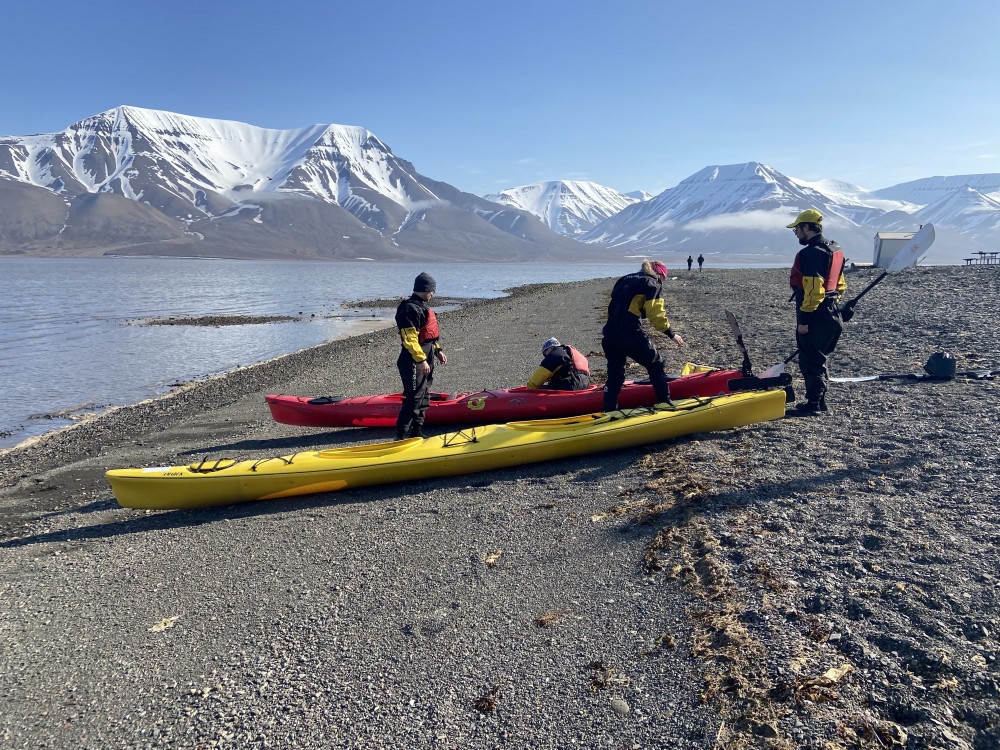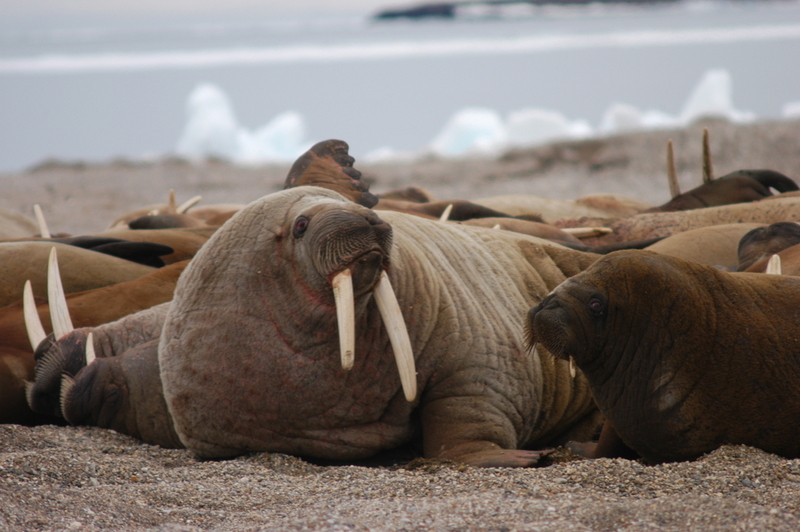Stricter rules apply to tourists heading to Svalbard

Increased Arctic tourism has resulted in bigger pressure on vulnerable wildlife and nature.
The Norwegian Government on Friday adopted amendments to the environmental regulations in Svalbard.
“We are now tightening the environmental regulations in Svalbard to strengthen the protection of flora and fauna,” says Minister of Climate and Environment, Andreas Bjelland Eriksen.
About 2/3 of the archipelago is protected nature reserves and national parks. With the new rules, tourists will be more limited to where and how they can make shore landings.
43 pre-defined sites allows for landings. All other areas are prohibited, with exceptions made for locals living in the three settlements of Longyearbyen, Barentsburg and Ny-Ålesund.

Other restrictions now in force includes:
- A limit of 200 passengers on board ships in all protected areas.
- The use of unmanned vessels (drones) is prohibited in protected areas.
- The use of snowmobiles and tracked vehicles is permanently banned on sea ice after 1 March in selected fjords, with an exception for access to cabins.
- Motor traffic at sea may not exceed the speed limit of 5 knots at a distance of 500 metres form land outside bird cliffs in the period 1 April to 31 August.
- Motor traffic at sea must keep a minimum of 150 metres distance from haul-sites for walruses (except for necessary access to ports, buildings etc) and the speed limit for motor traffic is 5 knots at a distance of 300 metres from haul-sites for walruses.
- A general ban against breaking fast ice. The ban does not apply to motor traffic to keep the fairway into Longyearbyen and Barentsburg open, for supplies to Ny-Ålesund, as well as for the Norwegian Coast Guard’s performance of necessary tasks.
- More camping activities requires a permit.
Related stories from around the North:
Canada: Kwanlin Dün First Nation buys tourism business near Whitehorse for $3.5M, CBC News
Iceland: Iceland moving ahead on better ways to manage tourism & safeguard protected areas, Eye on the Arctic
Sweden: Reindeer herding affected by increased tourism in Swedish mountains, Radio Sweden


